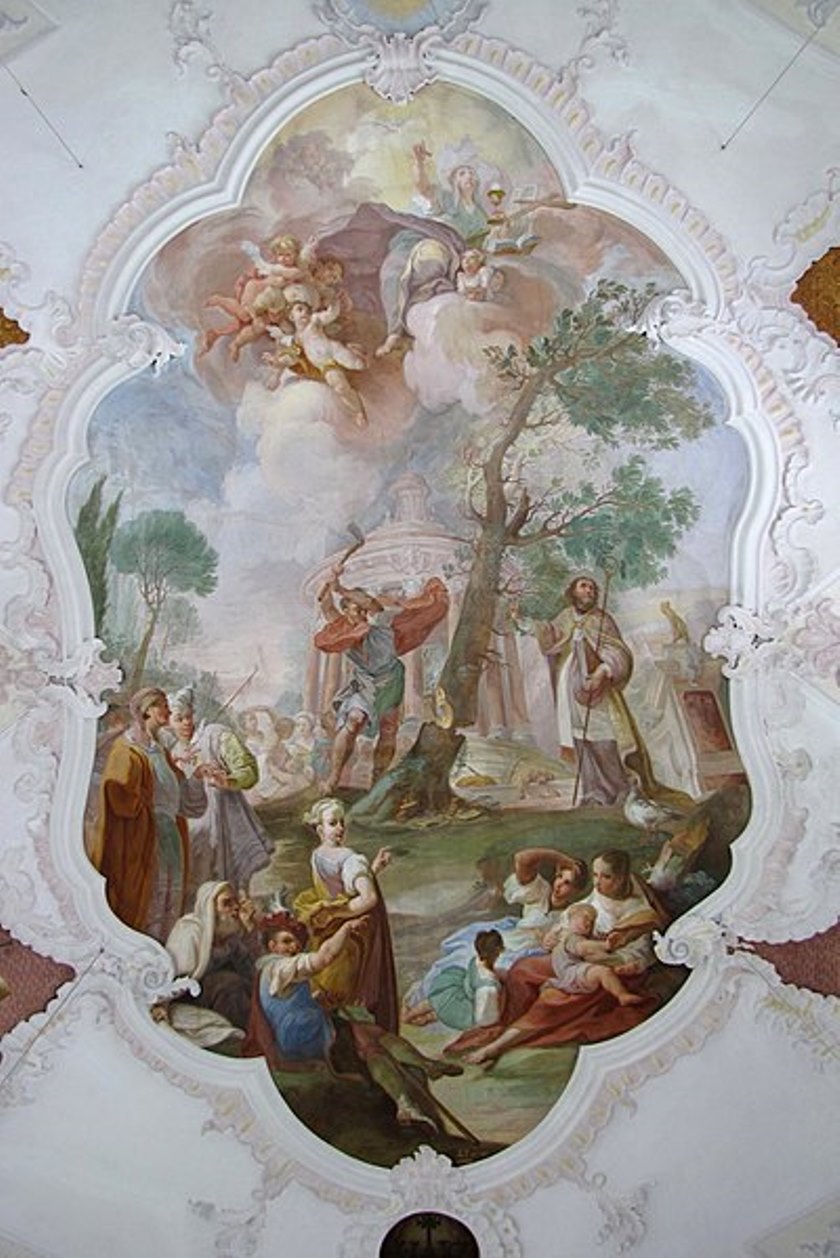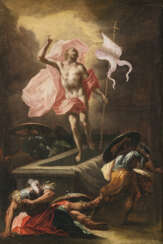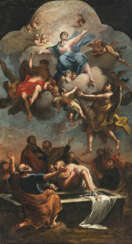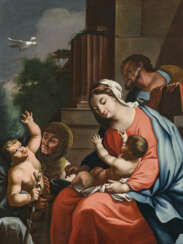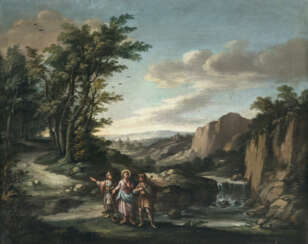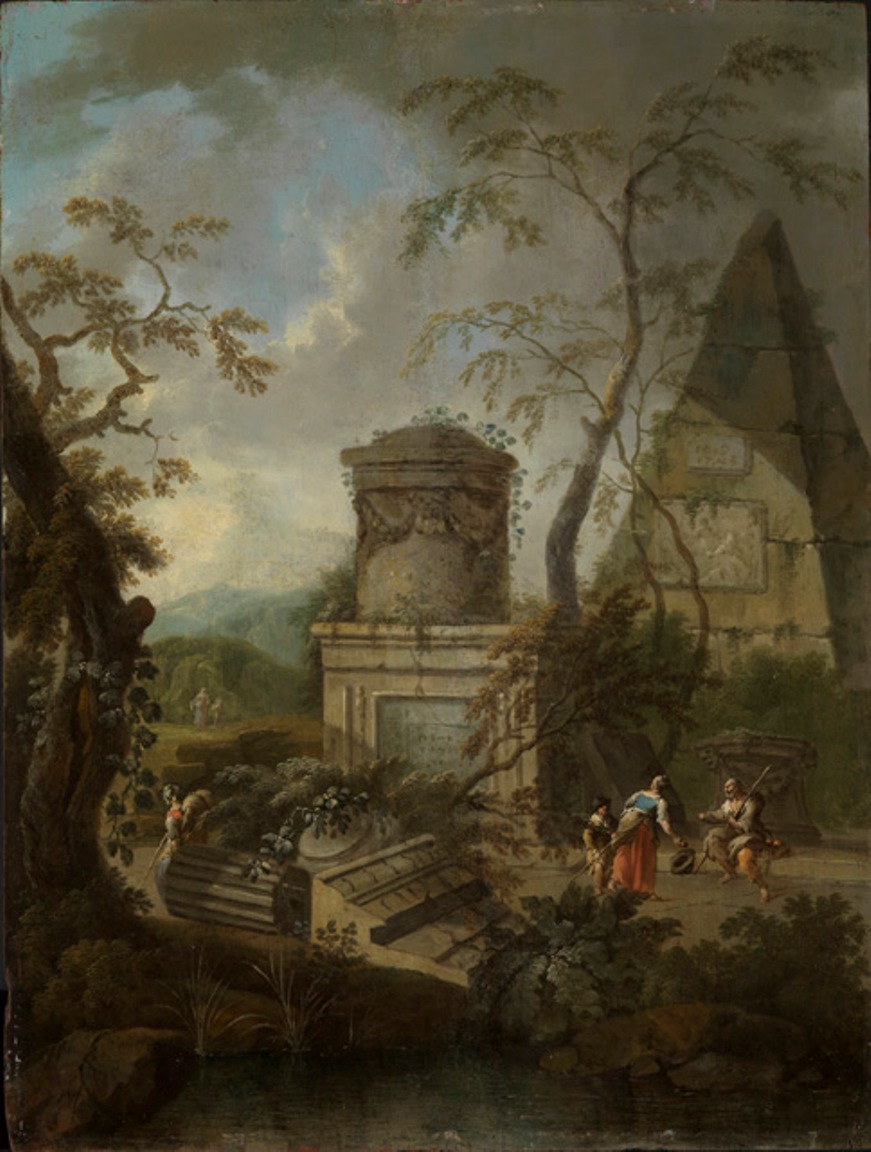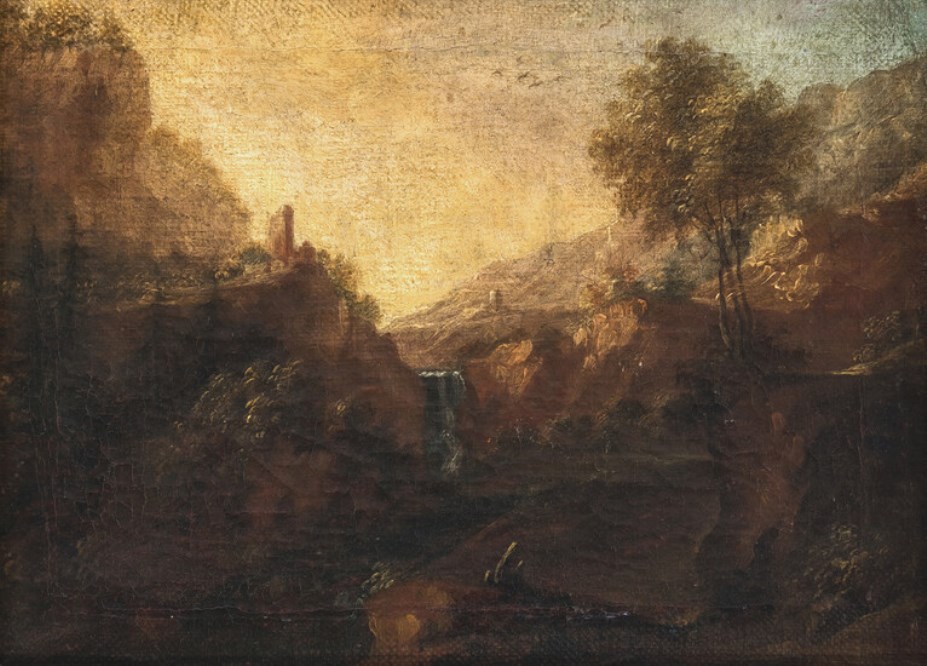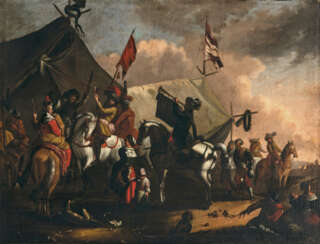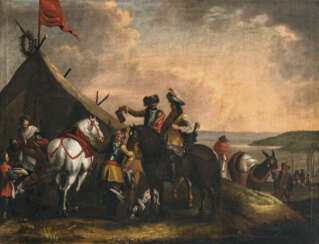
408_4: Graphik und Gemaelde
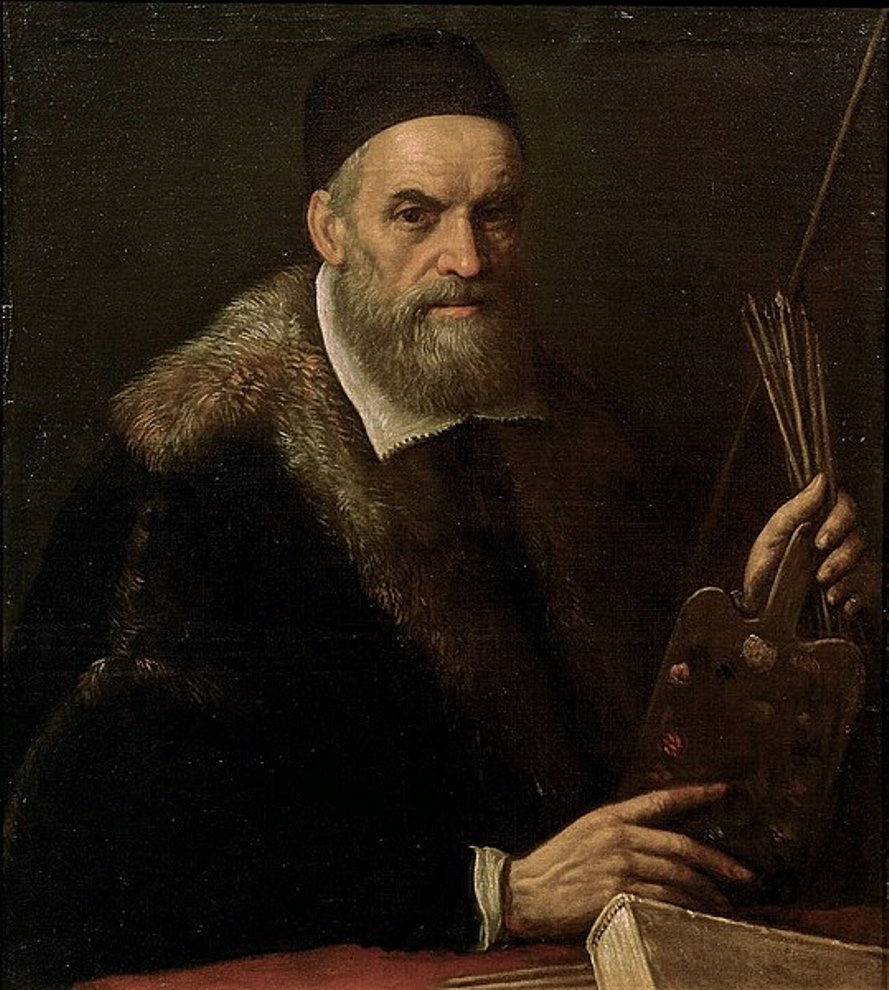
Jacopo Bassano or Jacopo da Ponte was an Italian painter of the Venetian school. He painted biblical scenes and portraits in the late Renaissance and Mannerist style, with a slight touch of Baroque. Bassano was quite realistic in his depictions of everyday objects, animals, homes and landscapes.
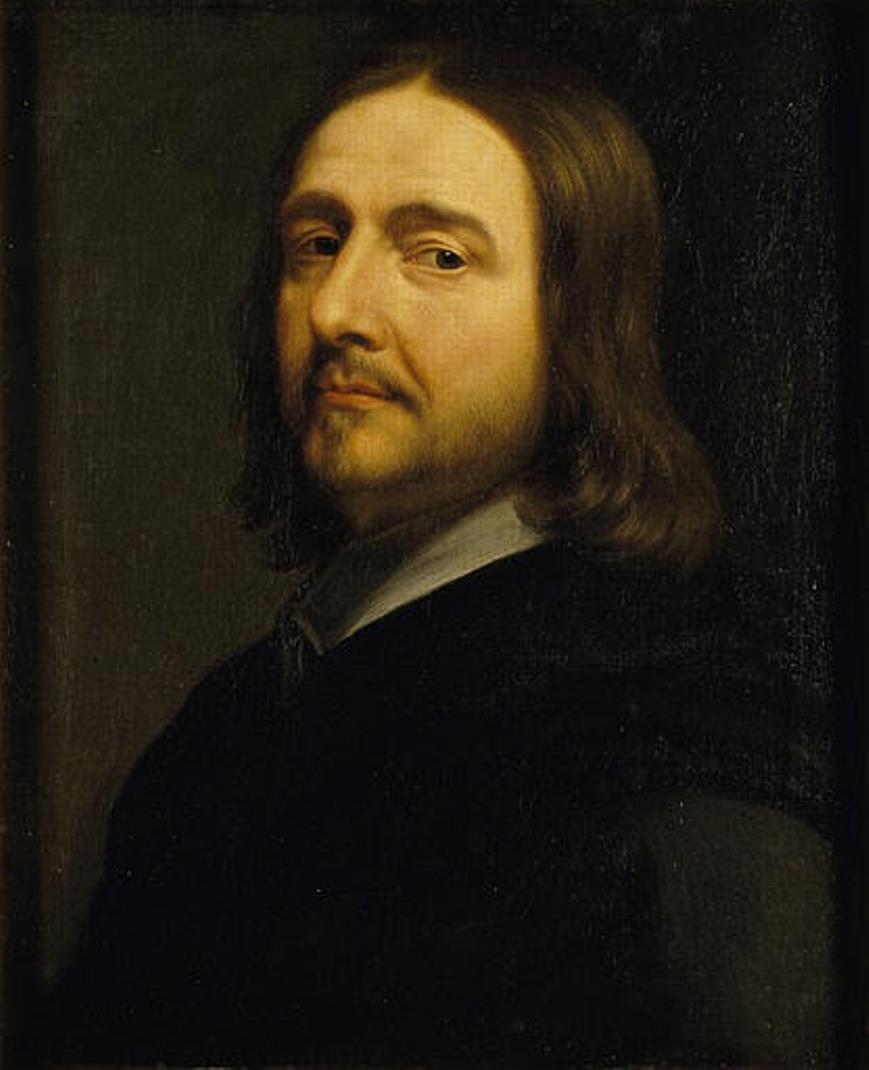
Philippe de Champaigne was a French painter and engraver of Flemish origin, a major representative of the French Baroque school. He was one of the founders of the Royal Academy of Painting and Sculpture in Paris. Champaigne created a very large number of portraits of the high nobility, as well as paintings on religious themes.
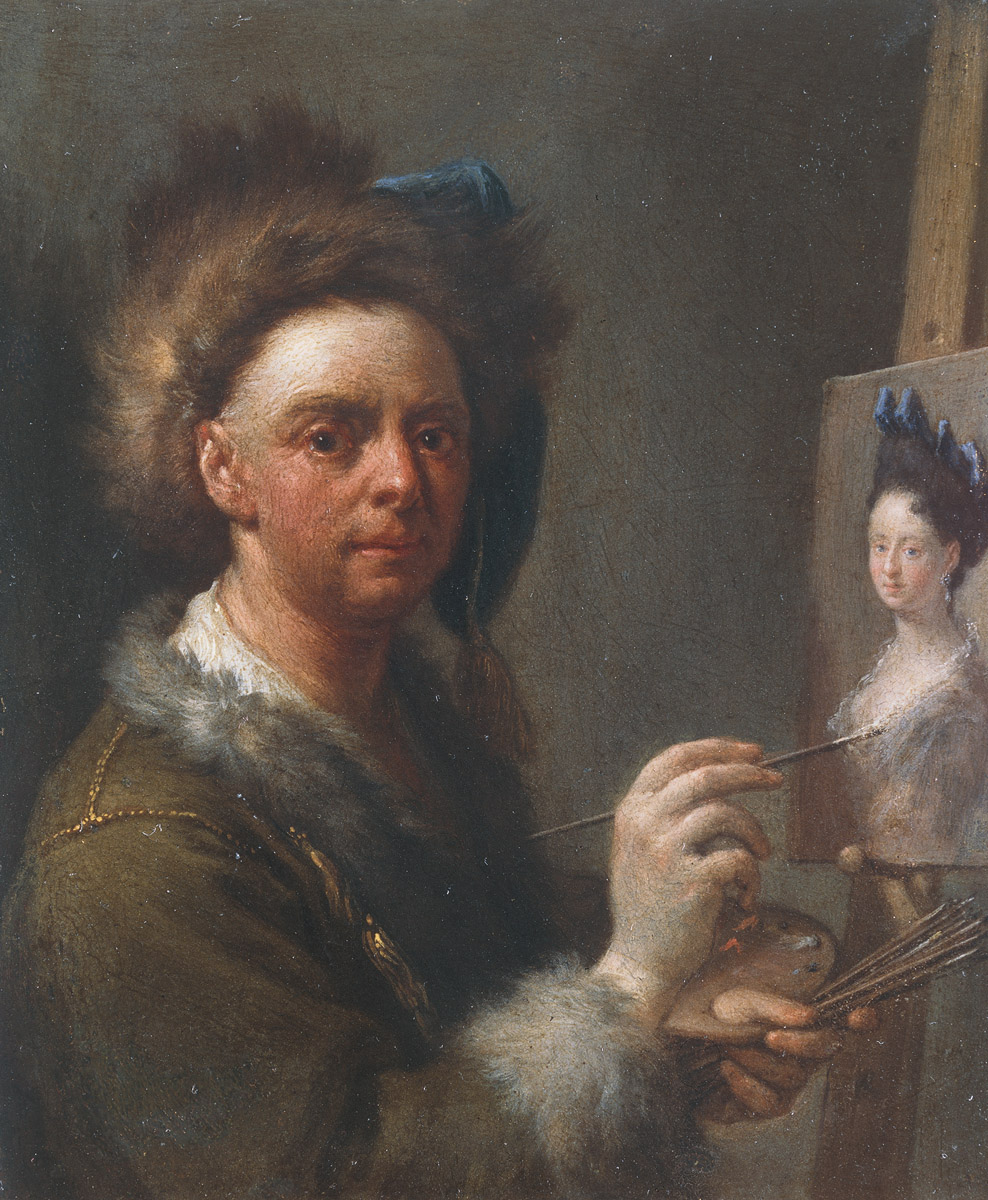
Francesco Trevisani was an Italian painter, celebrated for his contributions to the early Rococo or late Baroque periods. Born in Capodistria, he moved to Venice for training and later settled in Rome, where he gained prominence after the death of Carlo Maratta, becoming a leading figure in Roman art circles. Trevisani's art is known for its vibrant color palette and emotional depth, aligning with Maratta's style but with a distinct sweetness and colorfulness.
Francesco Trevisani's body of work includes frescoes, altarpieces, devotional and mythological scenes, and portraits. Notable works include "The Agony in the Garden" and "The Baptism of Christ," housed in Glasgow Museums and Leeds Museums and Galleries, respectively. His painting "Dead Christ Supported by Angels" reflects his ability to evoke deep religious sentiment, showcasing his skill in capturing the divine intertwined with human emotion.
Francesco Trevisani's influence extended across Europe, with his works being a testament to the religious and cultural narratives of his time. His ability to blend dramatic expression with delicate detailing won him accolades and recognition, making his works sought after by collectors and art enthusiasts alike.
For those interested in the fusion of religious narrative and artistic expression, Francesco Trevisani's works offer a compelling study. His legacy continues to inspire and attract admiration, making him a significant figure in the history of Italian art.
To stay updated on sales and auction events related to Francesco Trevisani, sign up for our newsletter. This subscription is your gateway to the latest updates on available pieces and upcoming events, ensuring you stay informed about opportunities to acquire works by this renowned artist.
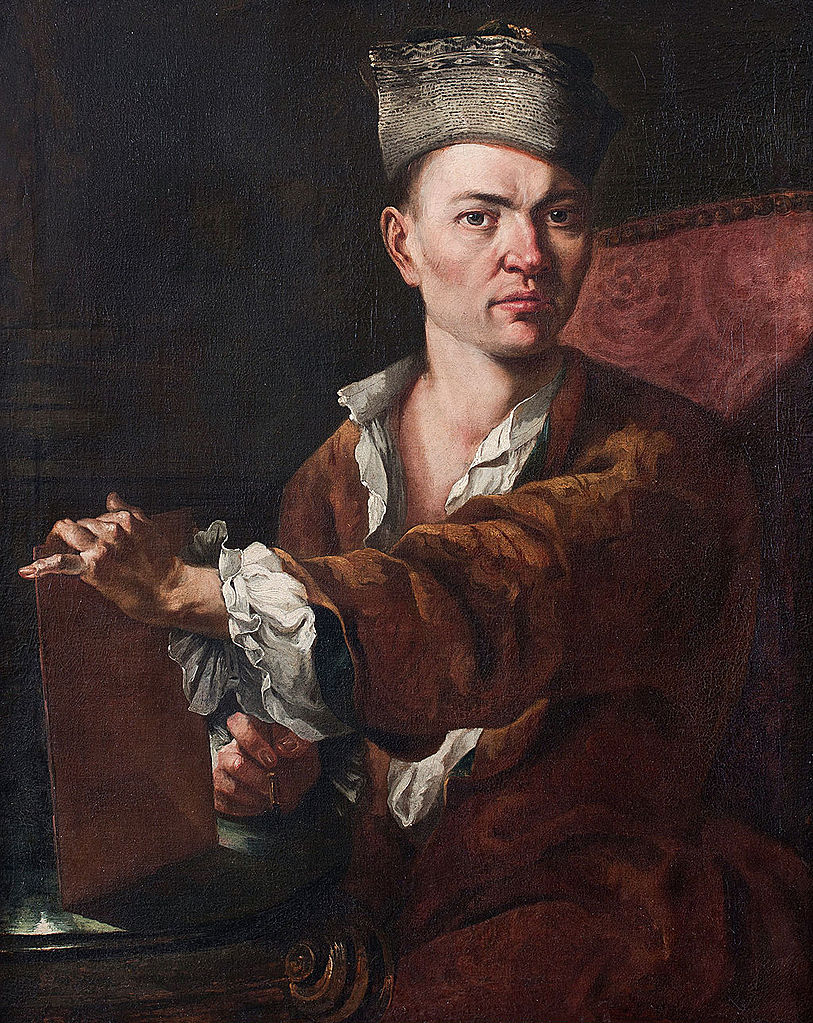
Paul Troger was an Austrian painter, draughtsman, and printmaker of the late Baroque period. Troger's illusionistic ceiling paintings in fresco are notable for their dramatic vitality of movement and their palette of light colors.
Paul Troger’s style, particularly in his frescoes, dominated Austrian painting until the end of the 18th century and profoundly influenced significant artists of the next generation, notably Franz Anton Maulbertsch, Josef Ignaz Mildorfer, Johann Wenzel Bergl and Johann Lucas Kracker.
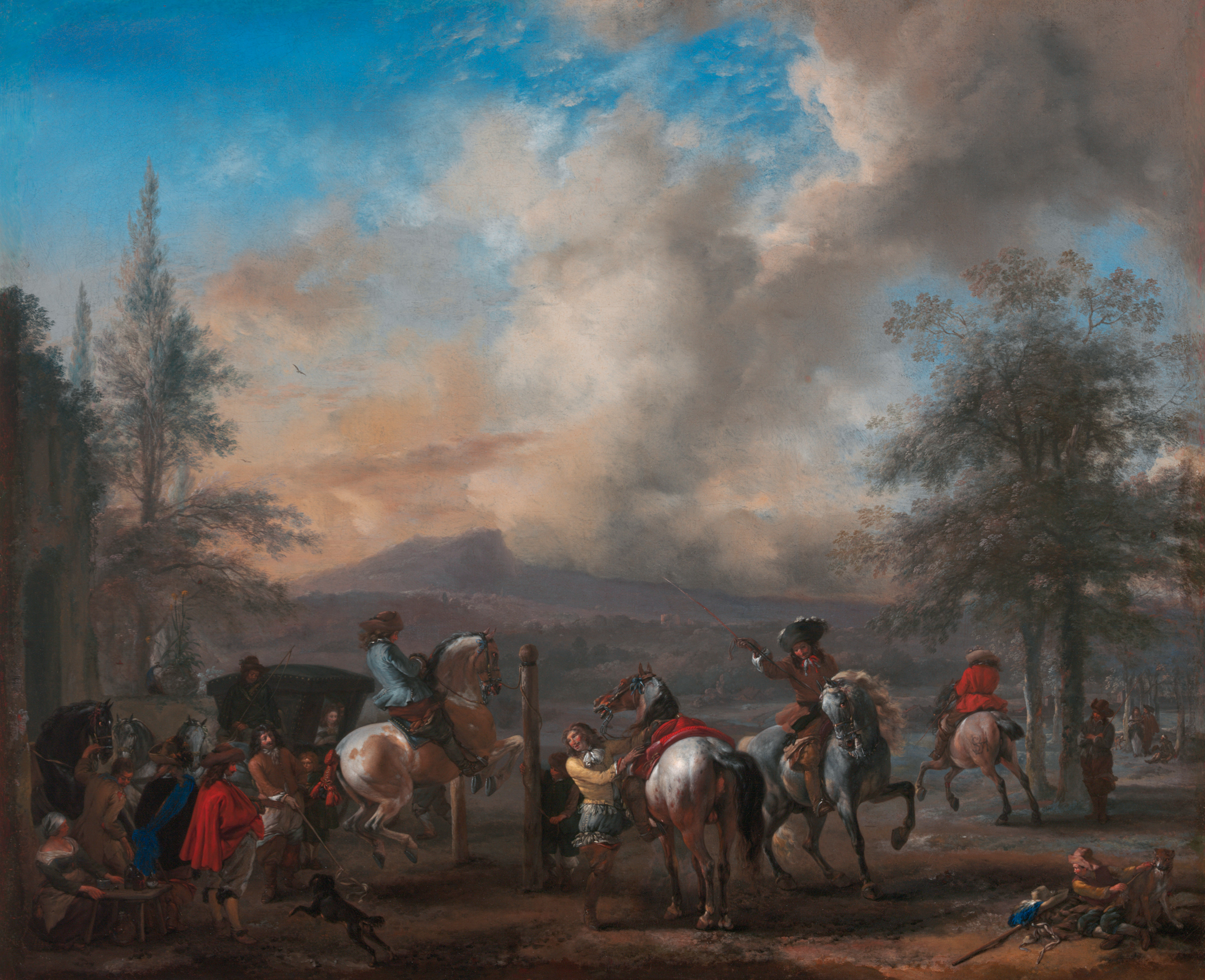
Philips Wouwerman was a distinguished Dutch painter. Renowned for his equestrian scenes, landscapes, and battle depictions, Wouwerman's work embodies the richness of the Dutch Golden Age of painting. He initially trained under his father, Paulus Wouwerman, and possibly with the celebrated artist Frans Hals, showcasing a deep engagement with the artistic milieu of Haarlem.
Wouwerman's career is marked by a prolific output, with about 570 of his works confidently attributed to him today. His oeuvre was once thought to include up to 1200 pieces, a testament to his influence and the extensive body of followers and imitators he inspired across Europe. His brothers, Jan and Pieter Wouwerman, were also painters who are sometimes confused with Philips due to their stylistic similarities.
Philips Wouwerman's paintings are celebrated for their dynamic composition and intricate detail, particularly his treatment of horses which has been a subject of admiration across centuries. His landscapes often feature Italianate settings, despite no concrete evidence suggesting he ever visited Italy. His style was notably influenced by Pieter van Laer, another Haarlem artist with a significant Italian experience, from whom Wouwerman might have acquired sketches and studies.
For art collectors and experts, Wouwerman's work provides a fascinating glimpse into 17th-century Dutch culture, offering scenes filled with vibrancy and life that capture the viewer's imagination. His paintings can be found in prestigious museums worldwide, including the Rijksmuseum in Amsterdam, The National Gallery in London, and the Kunsthistorisches Museum in Vienna, showcasing his widespread acclaim and the enduring legacy of his art.
For those interested in exploring the captivating world of Philips Wouwerman and staying informed about new discoveries, sales, and auction events related to his work, signing up for updates is highly recommended. This ensures access to the latest information and opportunities related to one of the Dutch Golden Age's most versatile and prolific artists.

Philips Wouwerman was a distinguished Dutch painter. Renowned for his equestrian scenes, landscapes, and battle depictions, Wouwerman's work embodies the richness of the Dutch Golden Age of painting. He initially trained under his father, Paulus Wouwerman, and possibly with the celebrated artist Frans Hals, showcasing a deep engagement with the artistic milieu of Haarlem.
Wouwerman's career is marked by a prolific output, with about 570 of his works confidently attributed to him today. His oeuvre was once thought to include up to 1200 pieces, a testament to his influence and the extensive body of followers and imitators he inspired across Europe. His brothers, Jan and Pieter Wouwerman, were also painters who are sometimes confused with Philips due to their stylistic similarities.
Philips Wouwerman's paintings are celebrated for their dynamic composition and intricate detail, particularly his treatment of horses which has been a subject of admiration across centuries. His landscapes often feature Italianate settings, despite no concrete evidence suggesting he ever visited Italy. His style was notably influenced by Pieter van Laer, another Haarlem artist with a significant Italian experience, from whom Wouwerman might have acquired sketches and studies.
For art collectors and experts, Wouwerman's work provides a fascinating glimpse into 17th-century Dutch culture, offering scenes filled with vibrancy and life that capture the viewer's imagination. His paintings can be found in prestigious museums worldwide, including the Rijksmuseum in Amsterdam, The National Gallery in London, and the Kunsthistorisches Museum in Vienna, showcasing his widespread acclaim and the enduring legacy of his art.
For those interested in exploring the captivating world of Philips Wouwerman and staying informed about new discoveries, sales, and auction events related to his work, signing up for updates is highly recommended. This ensures access to the latest information and opportunities related to one of the Dutch Golden Age's most versatile and prolific artists.




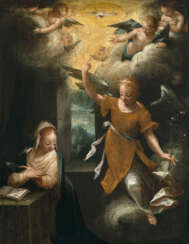

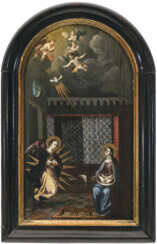

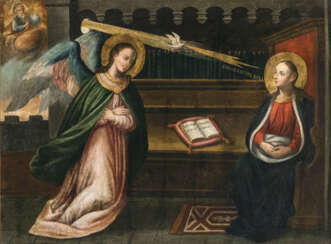



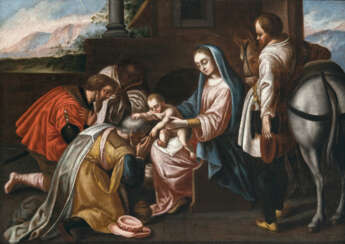

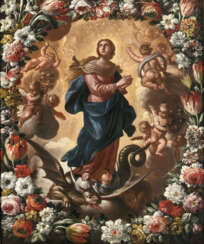

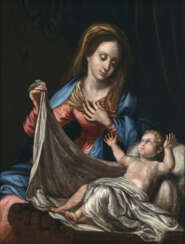

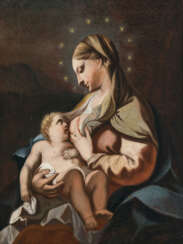

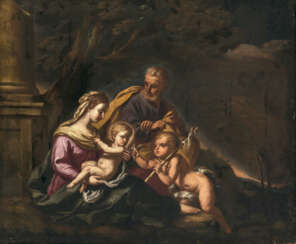

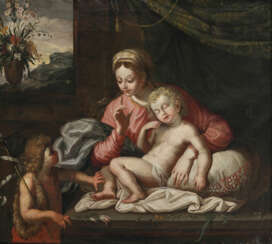



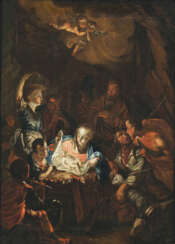



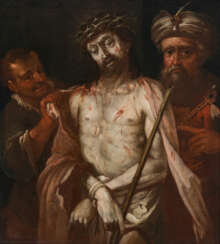

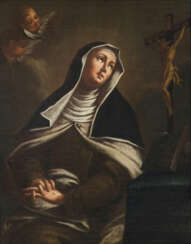

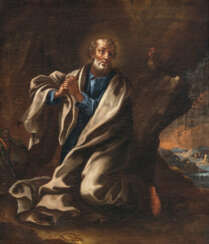



 Петер Штрудель.jpg)




